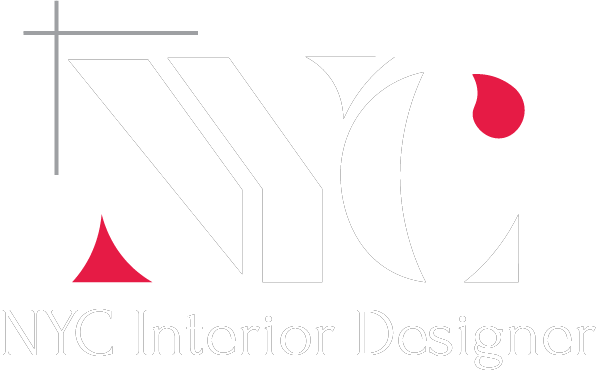Architectural cladding has advanced far beyond its traditional role as a decorative surface. Today, it serves as a vital, multi-functional element in modern construction, integrating cutting-edge materials and technologies to enhance both the performance and aesthetics of buildings. From energy efficiency to sustainability, the latest cladding solutions offer substantial improvements that address the challenges of contemporary architecture.
Smart Insulation for Enhanced Energy Efficiency
One of the key advancements in architectural cladding is the integration of smart insulation materials. Modern cladding systems now incorporate high-performance thermal breaks, aerogel panels, and reflective coatings that dramatically improve a building’s energy efficiency. These advanced insulation materials prevent heat loss in colder climates and reduce heat absorption in hotter regions, significantly decreasing the need for artificial heating or cooling.
Self-Healing and Sustainable Materials
Recent innovations in cladding materials have brought self-healing properties to the forefront. Self-healing concrete, for example, incorporates bacteria that produce limestone when exposed to water, filling cracks and extending the lifespan of the building. This is particularly important for cladding exposed to harsh weather conditions or pollution, where damage to the façade is inevitable over time. The combination of self-healing materials with sustainable sourcing practices, such as recycled metals and bio-based resins, is setting a new standard for eco-friendly construction.
Advanced Weather Resistance for Longevity
Architectural cladding has become significantly more durable due to the introduction of advanced coatings and finishes. Materials like ultra-durable zinc, titanium, and polymer composites are now used to resist extreme weather conditions, including acid rain, heavy winds, and UV degradation. These advanced finishes not only protect the building’s structure but also maintain the façade’s appearance over time. Additionally, the longevity of modern cladding
Acoustic Performance with Advanced Soundproofing
One of the more advanced benefits of architectural cladding is its ability to manage sound. Materials such as acoustic panels and perforated metal cladding are designed to absorb or deflect sound waves, improving interior acoustic performance. This is particularly beneficial in noisy urban environments or buildings that house sensitive operations, such as offices, hospitals, or music venues.
In conclusion, architectural cladding has undergone a revolutionary transformation, offering a range of advanced benefits that enhance building performance, durability, and sustainability. With these advancements, architectural cladding is not only improving the exterior of buildings but also contributing to their overall efficiency and longevity.
